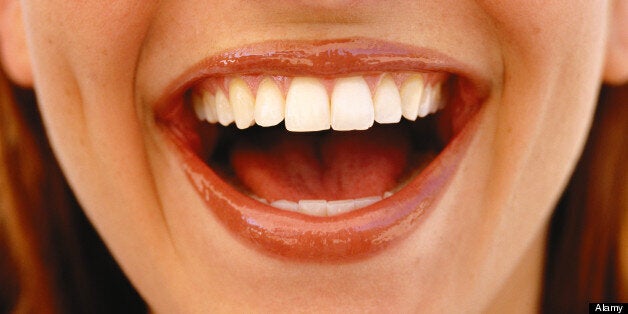
Joyful, mocking and "ticklish" laughter activates different connections in the brain, a study has shown.
Scientists investigated the "laughter perception network" in volunteers whose brains were scanned while they heard three different kinds of laugh.
The categories were joy, taunt and tickling - the giggling response of someone being tickled.
Brain regions sensitive to processing high level social information were activated by joyous and taunting laughter, but not by tickling laughter.
But, being a more complicated kind of sound, tickling laughter activated brain regions sensitive to greater acoustic complexity.
"Laughing at someone and laughing with someone leads to different social consequences," said study leader Dr Dirk Wildgruber, from the University of Tuebingen in Germany.
"Specific cerebral connectivity patterns during perception of these different types of laughter presumably reflect modulation of attentional mechanisms and processing resources."
Are you making the most of your giggling time?
Tickling laughter is seen in non-human primates and is linked to play and social bonding, said the scientists whose research appears in the online journal Public Library of Science ONE.
In humans, reflex-like tickling laughter had evolved to encompass much more complex social functions which could be both positive or negative.
Social laughter was used in a "conscious and goal-directed manner" to influence and modify other people's attitudes and behaviours.
The functional magnetic resonance imaging (fMRI) scans showed that joyous and taunting laughter produced different connectivity patterns in parts of the brain involved in sound association, thinking and visual imagery.
"These modulations.. might reflect automatic automatic analysis of acoustic features, attention direction to informative aspects of the laughter signal, and the retention of those in working memory during evaluation process," the scientists wrote.